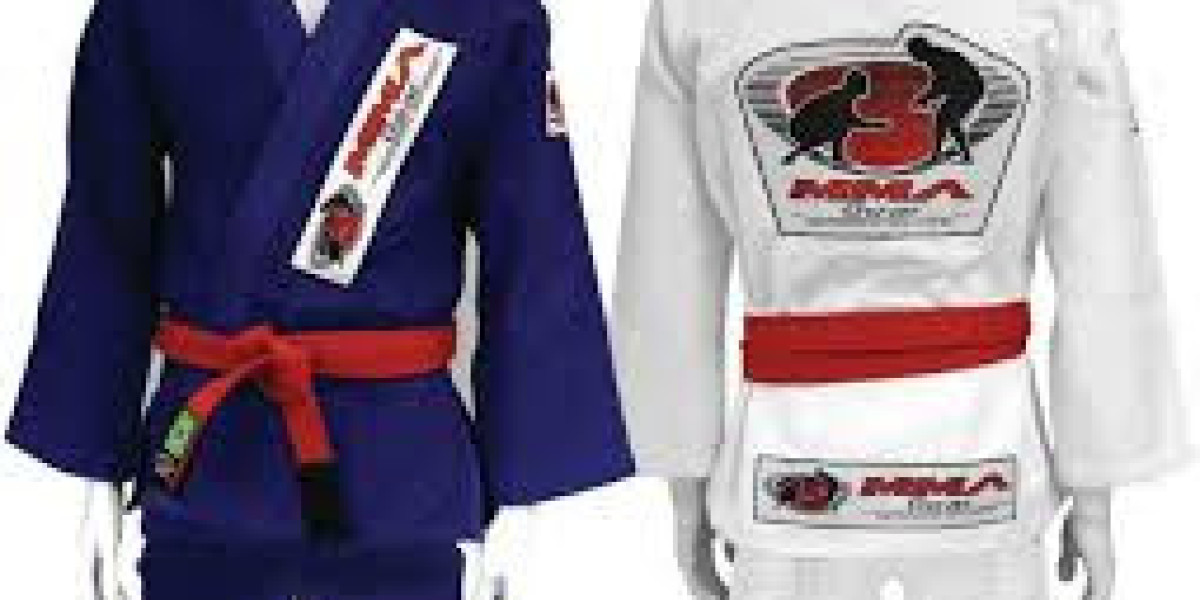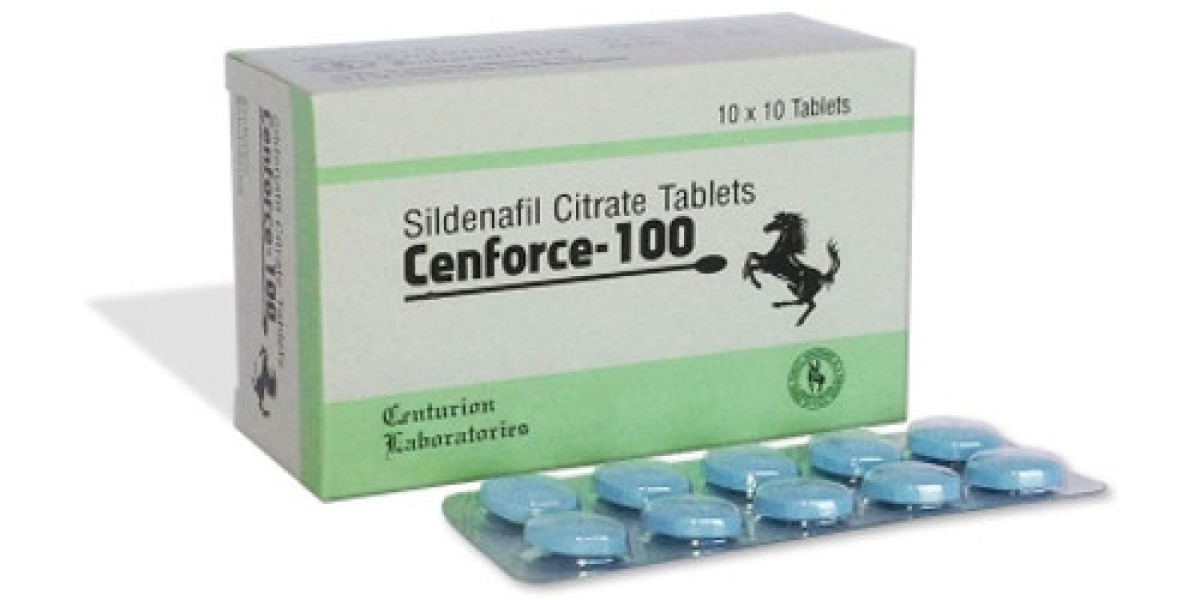Brazilian Jiu-Jitsu (BJJ) is not just a martial art but a lifestyle embraced by a global community. Central to this culture is the BJJ gi, a traditional uniform worn during training and competition. Beyond its functional role, the gi serves as a canvas for personal expression and affiliation through patches and insignia. However, the question of how many patches one should wear on a BJJ gi is not merely a matter of aesthetics but a reflection of etiquette, tradition, and practical considerations within the BJJ community.
Understanding the BJJ Gi
The BJJ gi, often referred to as a kimono, consists of a jacket and pants made from durable cotton or a blend of cotton and other fabrics. Its design has evolved over time to accommodate the rigorous demands of BJJ training, which emphasizes grappling techniques and ground fighting. The gi not only serves as a uniform but also provides grips and handles that practitioners use to execute techniques during sparring and competition.
The Role of Patches in BJJ Culture
Patches on a BJJ gi are more than just decorative elements. They often represent a practitioner's affiliation with a specific team, academy, or association within the BJJ community. These patches can also signify achievements, such as belts or competition victories, and serve as a form of recognition or endorsement from sponsors.
Types of Patches
Academy Patches: These patches typically display the name and logo of the BJJ academy where the practitioner trains. They are usually worn on the sleeves, chest, or back of the gi jacket.
Sponsor Patches: Many BJJ athletes are sponsored by brands or companies within the martial arts industry. Sponsor patches are often placed strategically on the gi to maximize visibility during competitions and promotional activities.
Achievement Patches: These patches denote the practitioner's rank or belt level in BJJ. They are typically displayed on the sleeves or collar of the gi jacket and serve as a visual indicator of the wearer's skill and experience.
Personalized Patches: Some practitioners choose to customize their gis with patches that reflect their personal interests, values, or nicknames. These patches can add a unique touch to the gi and differentiate it from others.
Etiquette and Guidelines for Patch Placement
While patches allow practitioners to express themselves and promote their affiliations, there are generally accepted guidelines and etiquette within the BJJ community regarding their placement and quantity:
Respect Academy Rules: Different BJJ academies may have specific rules regarding patch placement and sponsorship. It's essential to adhere to these guidelines out of respect for the academy and its traditions.
Avoid Excessiveness: While patches can showcase affiliations and achievements, excessive patching can be perceived as ostentatious or distracting. Practitioners should aim for a balanced approach that respects the uniform's integrity and functionality.
Strategic Placement: Patches should be placed in locations that do not interfere with the gi's functionality or impede movement during training or competition. Common areas for patches include the sleeves, chest, back, and pant legs.
Consider Sponsorship Guidelines: If sponsored by a brand or company, practitioners should follow the sponsor's guidelines regarding patch placement and visibility. This ensures long sleeve rash guards both parties benefit from the sponsorship arrangement.
Practical Considerations
Beyond etiquette and tradition, there are practical considerations that influence patch placement and quantity on a BJJ gi:
Gi Material and Construction: The type of fabric and stitching used in the gi can affect where patches can be securely attached without compromising the gi's durability or integrity.
Competition Regulations: In BJJ competitions, there are often rules regarding patch size, placement, and content. Practitioners should familiarize themselves with these regulations to avoid penalties or disqualification.
Personal Preference: Ultimately, the number of patches one chooses to wear on a BJJ gi is a matter of personal preference. Some practitioners prefer a minimalist approach with few patches, while others may opt for a more embellished gi that reflects their journey and achievements in the sport.
Rash Guards Underneath the Gi
In addition to patches, practitioners often wear rash guards underneath their gi jackets. Rash guards are form-fitting garments made from moisture-wicking materials such as Lycra or polyester. They provide several benefits during training and competition:
Hygiene and Comfort: Rash guards help wick sweat away from the body, keeping the practitioner dry and comfortable during intense training sessions.
Skin Protection: Rash guards create a barrier between the skin and the gi fabric, reducing friction and potential skin abrasions during grappling exchanges.
Temperature Regulation: Depending on the climate and training intensity, rash guards can help regulate body temperature by providing an additional layer of insulation without compromising mobility.
Types of Rash Guards
Long Sleeve Rash Guards: These provide full coverage of the arms and are ideal for cooler climates or practitioners who prefer maximum protection from mat burns and abrasions.
Short Sleeve Rash Guards: These offer coverage up to the short sleeve rash guards and are suitable for warmer weather or practitioners who prefer greater freedom of movement in the arms.
Conclusion
The decision of how many patches to wear on a bjj gi ultimately rests with the individual practitioner, guided by considerations of tradition, etiquette, practicality, and personal preference. Patches not only serve as a visual representation of affiliations and achievements but also contribute to the rich tapestry of BJJ culture and identity. By understanding the role of patches and adhering to accepted guidelines, practitioners can express themselves while maintaining respect for the traditions and community values of Brazilian Jiu-Jitsu. Whether adorned with minimal patches or fully customized, the BJJ gi remains a symbol of dedication, skill, and camaraderie within the global BJJ community.








